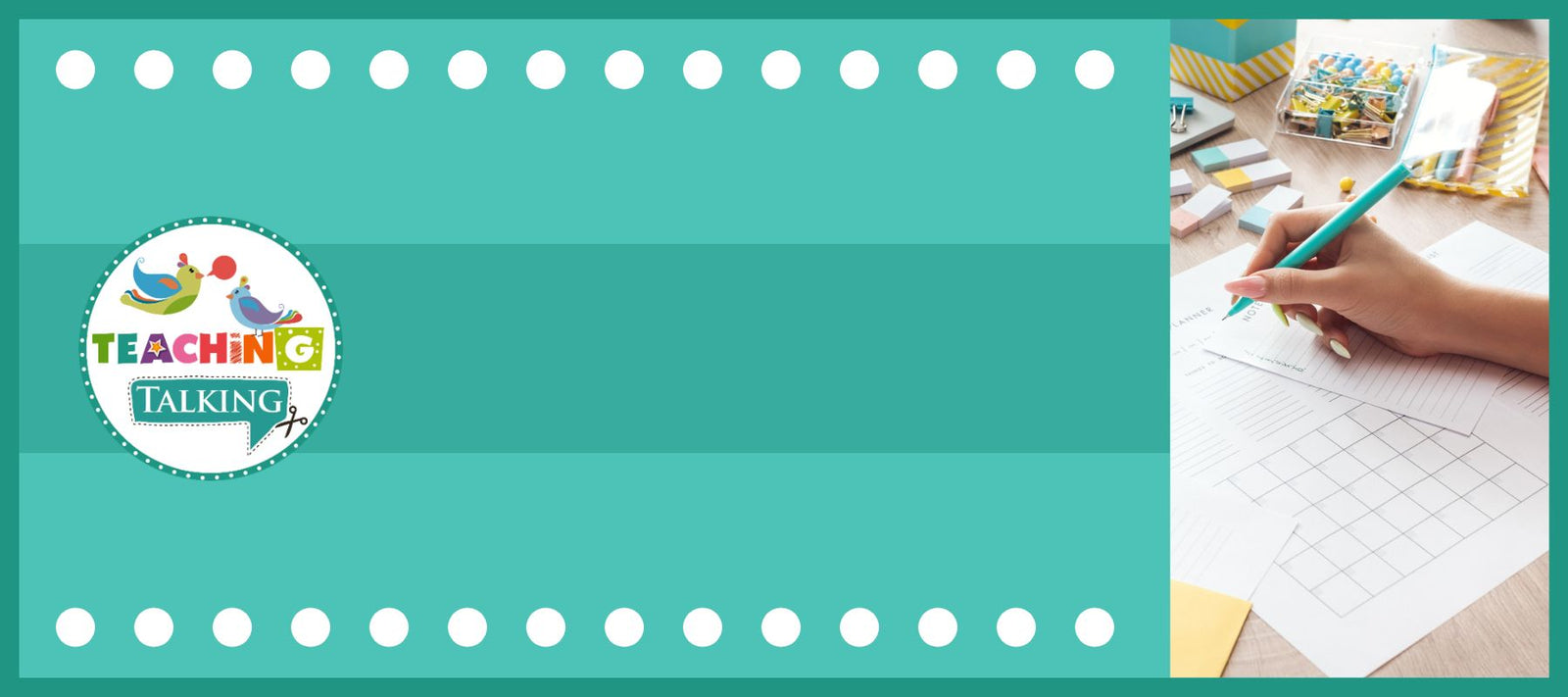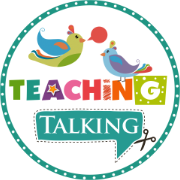
Speech Therapy Data Tracking with Less Stress: Advice for SLPs
March 10, 2017 3 min read
Is it possible not to get stressed about speech therapy data tracking?
Don’t you love speech therapy data tracking? Wait, you don’t? Ugh, neither do I. In fact, even though speech paths love analyzing the data – we actually don’t like gathering data for a whole lot of reasons.

Sometimes speech therapy data tracking gets in the way of the therapy itself when students get curious about the marks you are making on the page. Other times sessions evolve spontaneously and it’s hard to tabulate correct attempts without breaking the forward flow of progress.
Here’s how to get better data without the hassle:
1. Track in Code
One of the ways that my speech therapy data tracking gets foiled is when my students notice that I’m writing pluses and minuses on the page. It doesn’t take too long for the student to know exactly what I’m looking at and many times they feel a little demoralized. To be honest, I would too!
What I do in these situations is make three long boxes on my page: one for correct productions, one for incorrect responses, and the last column for totals. So all that my students see is pluses in all the columns. Hooray! Then I easily tabulate the columns all at the end of the session – and no one’s feelings are hurt!
2. Students Self-Assess
When you are working with older students, ask them to track their own successful productions. Give the students simple grids and ask them to put pluses and minuses depending on their own opinions of how they did. Prompts like, “How did you think that sounded?” or “Did you think you answered that question correctly?”

Who knows? You may be inspiring the next generation of hardworking SLPs!
3. Data Snapshots
Who says you need to track data the entire session? For some of those tougher behavioral students it makes sense to take a quick snapshot of data either at the beginning or in the middle of a session. Get enough trials to achieve an easy percentage calculation, and then focus on managing behavior or giving a reward to that student.
If your students are into superheroes (and what kid isn’t these days!), you might like these FREE printable reward coupons. Good behavior doesn’t have to punish your wallet!
4. Circles Are In
Why do we track data in squares? It doesn’t make any sense. What about scribbling 10 circles on a page and just bubbling in when there’s a correct response and leaving a circle blank when a student makes an error?

5. Printable Stickers
There are many Word templates for Avery products that make it easy to print address labels. Buy a pack of labels, but instead of typing in addresses, print out a quick grid or a line of circles. Then you can simply track data in a group, then peel off the sticker and place it on your individual therapy logs.
Data is so important to our analysis of progress, but it still can be a struggle to track data day in and day out. I hope that my progress recording ideas make your life easier when you are working in your therapy sessions!
Bio: Sarah Wu is a bilingual speech-language pathologist – you can find her blog here.
Subscribe
Sign up to get the latest on sales, new releases and more …


